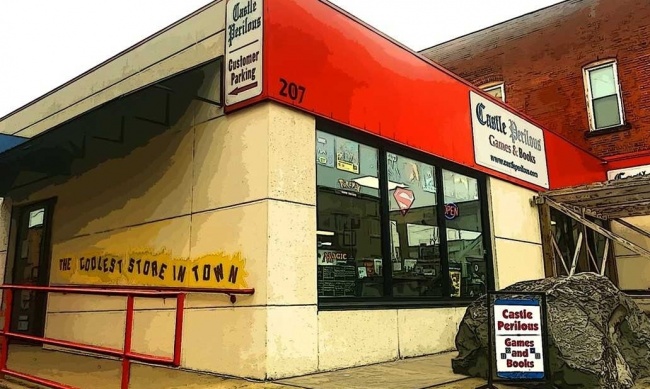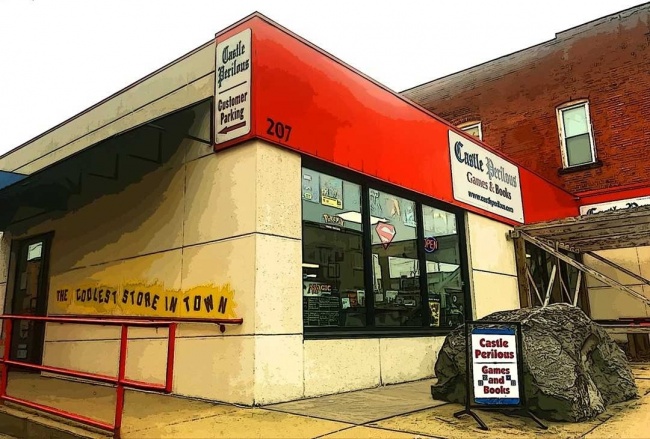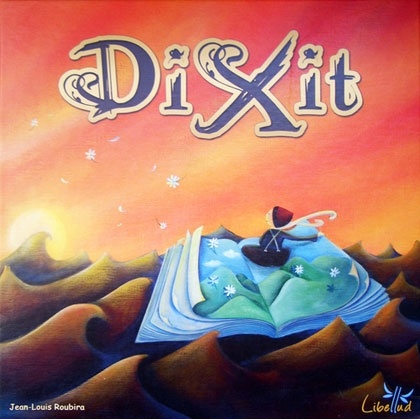I see that Asmodee, one of the largest publishers supporting a MAP (minimum advertised price) has announced a “MAP Holiday” which started at 12:01 am eastern on November 15 and ends at 11:59 pm ET on November 30 (see "Rolling For Initiative -- Musings on MAP and the Prisoner's Dilemma "). I assume, based on the specific timing of the policy, that the holiday is primarily targeted at online retailers who will take advantage of the holiday by offering deeply discounted Asmodee games on their sites. According to the details of the holiday policy, retailers may sell products below MAP only during the specified time frame, may advertise the discounted prices ahead of the holiday (as long as said advertisements specify that the prices are only good during the holiday), and MAP enforcement resumes at 12:00 a.m. on December 1.
Of course, Asmodee will not offer retailers an additional discount on games and other items sold during (well, except for a discount on case quantities of 10 of their games), so any discounts offered by retailers during the holiday will have to eat the additional discount. This will reduce the profitability of each game, meaning retailers have to sell more copies of a game in order to make the same amount of money.
For example, take a copy of Dixit (see "’Dixit’ Wins 2010 Spiel Des Jahres") which retails at $34.95. Any discount offered by the retailer come directly out of the retailer’s profit margin. Cutting the price by 10% cuts profitability by $3.45, cutting the price by 20% cuts $6.90 off the stores profit margin on the game, and so forth. Assuming, for ease of calculation, there is a 50% profit margin on each game, the original profit would be $17.47. Selling one copy of Dixit at full MSRP grosses the retailer $17.47. A 10% discount gets a profit of $14.02 and a 20% discount, $10.47. Thus, at Asmodee’s normal MAP, a store has to sell two copies of Dixit to gross the same amount of profit that a store selling one copy at full MSRP gets.Now, say under the MAP holiday, a store decides to go full Amazon and discount the game by 40%, bringing the retail down to $20.97. Unless the store has managed to negotiate something with Asmodee, my cost is still $17.47, meaning the store makes $3.49 profit per game. Ergo, my math indicates the store now has to now sell five copies of Dixit to make the same amount of profit that the store would make by selling one copy of the game at full MSRP.
Amazon is willing to accept a smaller profit margin in the pursuit of market share and its viewpoint that everything is a commodity. When I last checked on pricing of Dixit for this column, had Dixit at 23% off or slightly more than Asmodee’s current MAP. Now, if a store thinks it can generate enough turnover to justify a price cut of that level, it might be worthwhile to sacrifice profit margin in exchange for more sales and for online stores, with their infinite shelf space, that might prove feasible. For the typical brick-and-mortar store, which relies more on curation and customer service, potential increased sales are probably not worth it.
Comments and thoughts? Send them to castleperilousgames@gmail.com.
The opinions expressed in this column are solely those of the writer, and do not necessarily reflect the views of the editorial staff of ICv2.com.





